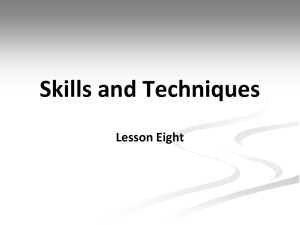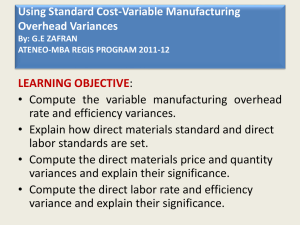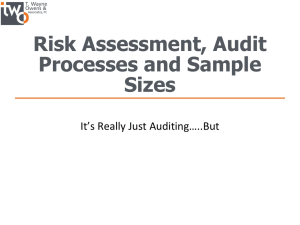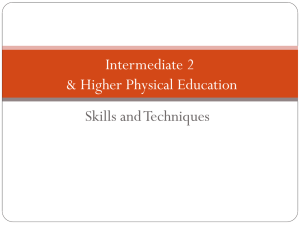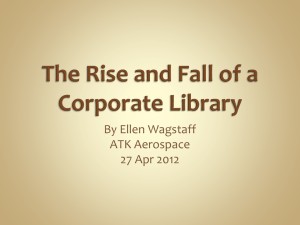Solutions Guide:
advertisement
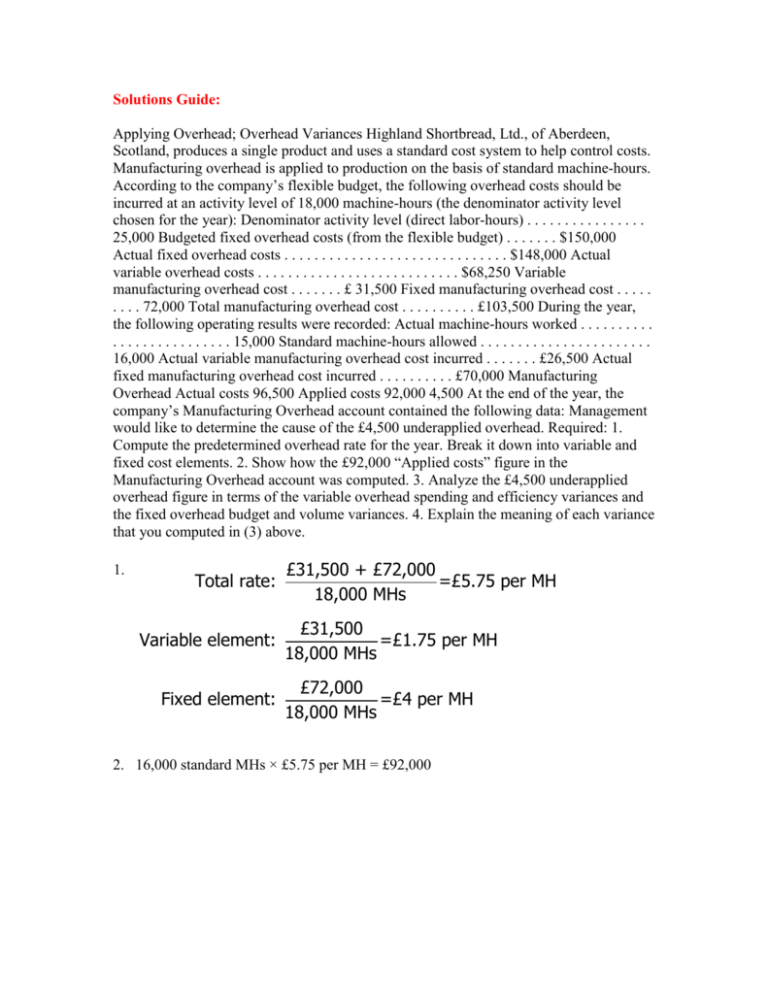
Solutions Guide: Applying Overhead; Overhead Variances Highland Shortbread, Ltd., of Aberdeen, Scotland, produces a single product and uses a standard cost system to help control costs. Manufacturing overhead is applied to production on the basis of standard machine-hours. According to the company’s flexible budget, the following overhead costs should be incurred at an activity level of 18,000 machine-hours (the denominator activity level chosen for the year): Denominator activity level (direct labor-hours) . . . . . . . . . . . . . . . . 25,000 Budgeted fixed overhead costs (from the flexible budget) . . . . . . . $150,000 Actual fixed overhead costs . . . . . . . . . . . . . . . . . . . . . . . . . . . . . . $148,000 Actual variable overhead costs . . . . . . . . . . . . . . . . . . . . . . . . . . . $68,250 Variable manufacturing overhead cost . . . . . . . £ 31,500 Fixed manufacturing overhead cost . . . . . . . . . 72,000 Total manufacturing overhead cost . . . . . . . . . . £103,500 During the year, the following operating results were recorded: Actual machine-hours worked . . . . . . . . . . . . . . . . . . . . . . . . . . 15,000 Standard machine-hours allowed . . . . . . . . . . . . . . . . . . . . . . . 16,000 Actual variable manufacturing overhead cost incurred . . . . . . . £26,500 Actual fixed manufacturing overhead cost incurred . . . . . . . . . . £70,000 Manufacturing Overhead Actual costs 96,500 Applied costs 92,000 4,500 At the end of the year, the company’s Manufacturing Overhead account contained the following data: Management would like to determine the cause of the £4,500 underapplied overhead. Required: 1. Compute the predetermined overhead rate for the year. Break it down into variable and fixed cost elements. 2. Show how the £92,000 “Applied costs” figure in the Manufacturing Overhead account was computed. 3. Analyze the £4,500 underapplied overhead figure in terms of the variable overhead spending and efficiency variances and the fixed overhead budget and volume variances. 4. Explain the meaning of each variance that you computed in (3) above. 1. Total rate: Variable element: Fixed element: £31,500 + £72,000 =£5.75 per MH 18,000 MHs £31,500 =£1.75 per MH 18,000 MHs £72,000 =£4 per MH 18,000 MHs 2. 16,000 standard MHs × £5.75 per MH = £92,000 3. Variable manufacturing overhead variances: Actual Hours of Input, at the Actual Rate (AH × AR) £26,500 Actual Hours of Input, at the Standard Rate (AH × SR) 15,000 MHs × £1.75 per MH = £26,250 Standard Hours Allowed for Output, at the Standard Rate (SH × SR) 16,000 MHs × £1.75 per MH = £28,000 Spending Variance, £250 U Efficiency Variance, £1,750 F Alternative solution: Variable Overhead Spending Variance = (AH × AR) – (AH × SR) (£26,500) – (15,000 MHs × £1.75 per MH) = £250 U Variable Overhead Efficiency Variance = SR (AH – SH) £1.75 per MH (15,000 MHs – 16,000 MHs) = £1,750 F Fixed overhead variances: Actual Fixed Overhead Cost £70,000 Budgeted Fixed Overhead Cost £72,000 Fixed Overhead Cost Applied to Work in Process 16,000 MHs × £4 per MH = £64,000 Budget Variance, £2,000 F Volume Variance, £8,000 U Verification of variances: Variable overhead spending variance ....................................... Variable overhead efficiency variance ..................................... Fixed overhead budget variance ............................................... Fixed overhead volume variance ............................................. Underapplied overhead ............................................................ £ 250 1,750 2,000 8,000 £4,500 U F F U 4. Variable overhead Spending variance: This variance includes both price and quantity elements. The overhead spending variance reflects differences between actual and standard prices for variable overhead items. It also reflects differences between the amounts of variable overhead inputs that were actually used and the amounts that should have been used for the actual output of the period. Since the variable overhead spending variance is unfavorable, either too much was paid for variable overhead items or too many of them were used. Efficiency variance: The term “variable overhead efficiency variance” is a misnomer, since the variance does not measure efficiency in the use of overhead items. It measures the indirect effect on variable overhead of the efficiency or inefficiency with which the activity base is utilized. In this company, machine-hours is the activity base. If variable overhead is really proportional to machine-hours, then more effective use of machine-hours has the indirect effect of reducing variable overhead. Since 1,000 fewer machine-hours were required than indicated by the standards, the indirect effect was presumably to reduce variable overhead spending by about £1,750 (£1.75 per machine-hour × 1,000 machine-hours). Fixed overhead Budget variance: This variance is simply the difference between the budgeted fixed cost and the actual fixed cost. In this case, the variance is favorable, which indicates that actual fixed costs were lower than anticipated in the budget. Volume variance: This variance occurs as a result of actual activity being different from the denominator activity that was used in the predetermined overhead rate. In this case, the variance is unfavorable, so actual activity was less than the denominator activity. It is difficult to place much of a meaningful economic interpretation on this variance. It tends to be large, so it often swamps the other, more meaningful variances if they are simply netted against each other.


